In our world full of diverse fauna and flora, we can find a variety of dangerous and domestic animals, birds, and plants. In this article, we will look at the top 10 Most Dangerous Birds in the World. Birds are not just mere pigeons that look innocent and fly away. There are a group of birds that will definitely scare you away. Some look good, a few cause harm, and a few may even kill you at any instant.
Let’s look at the 10 Most Dangerous Birds in the World now.
#1 Red-tailed Hawk
A raptor that breeds across most of North America, from inner Alaska and northern Canada all the way south as Panama and the West Indies, is indeed the red-tailed hawk. It belongs to the most widespread Buteo species in North America or the entire planet. It primarily consumes squirrels. has a wingspan greater than one meter long.
Red-tailed hawk couples are very protective of their territories and will stay together for seasons in a single place. While the female is highly active in protecting the nesting location, the male will fly throughout the region and monitor for invaders. Their primary weapon is a pair of strong talons.
Also Read: Top Fun Facts You Probably Didn’t Know About Europe!
#2 Snowy Owl
A huge, white owl belonging to the real owl species, the snowy owl is sometimes referred to as the polar owl, the white owl, and the Arctic owl. In both North America and the Palearctic, snowy owls remain indigenous to the Arctic. In the neighborhood of 2 kg. While guarding their area and offspring, territorial snowy owls are frequently noisy and violent, occasionally attacking people and even wolves that wander too close to nests.
Snowy owls had sharp talons that they could use to fight and chase away potential predators. They will aim for the top and the eyes if a person posed a threat. Tracks from snowy owls to the eyes may be highly severe. They are even observed to assault Arctic wolves. They could dive-bomb people, especially in nesting areas.
Also Read: 12 Interesting Facts About Europe You Might Not Aware of
#3 Lammergeier
The solitary member of the species Gypaetus, the bearded vulture is an outsized bird of prey that goes by the names lammergeier and ossifrage. Huma bird is another name for this bird. It weighs 5.7 kg, which makes it enormous. Bearded vultures have always been viewed as serious threats. People used to think they captured and murdered livestock and infants.
Also Read: 10 Most Dangerous Hiking Trails In The World
#4 Barred Owl
How ferociously these raptors can defend their nests is something that some Oregon joggers have discovered the hard way. Injuries more than foot injuries and shin splits were a concern for winter joggers in an Oregon park.
All species of owls get a history of attacking humans to protect their young, their partners, or their territories. Innocent runners and trekkers are popular victims. Strikes by owls seldom result in fatalities, and victims frequently flee without being hurt.
Also Read: Most Dangerous Animals In Amazon Rainforest
#5 Great Northern Loon
A sizable species of the loon or diver genus of birds is the ordinary loon, sometimes known as the big northern diver. Breeding adults have a large black head on their plumage. The Great Northern loon’s pointed beak is what makes it deadly to people, according to the bird’s physical attributes.
Similar to how they go after their apex predators, they strike the head or neck. The consequences of such a spear-beak attack could be devastating. These birds travel in groups.
Also Read: Best Countries To Study In Europe With A Schengen Visa
#6 Mute Swan
Anatidae is a genus of waterfowl that includes the mute swan breeds. It is indigenous to the far north of Africa and much of Europe. One of the most violent waterfowl species in the world, mute swans harm, harm, or chase away other waterfowl and native birds.
In regions where they have grown familiar with receiving food offerings, adult mute swans may exhibit particularly hostile behaviour toward animals and people. An innocent human being attacked by a mute swan is not unusual. Where you can, you should keep a safe distance from them. particularly if they need to protect young cygnets.
#7 Australian Magpie
The moderate black and white passerine bird known as such Australian magpie is native to that country. Australian Magpies have fierce possessive instincts and guard their homes against both fellow magpies and prospective attackers. Sadly, some single magpies view people as a potential threat and, as a result, swoop down very quickly in an alert fly, and later come into touch.
#8 European Herring Gull
With a length of up to 66 cm, the European herring gull is a sizable gull. Along the coastlines of Western Europe, one of the most well-known gull species. Large, obnoxious herring gulls can be spotted all last year-long near our shores. They are strong and might be harmful. Yes, a gull may take things from the hand, notably if it is raised high and away from people’s eyes. You must watch out for them.
European herring gulls fight during the breeding season, much like other birds do. Such species strike as a group, so you should remain vigilant. One herring gull will promptly appeal for assistance from other adult birds if it is alone and being disturbed. A collective strike could follow from such an occurrence.
#9 Ostrich
The genus Struthio contains the enormous ostrich. When attacked, notably when surrounded, ostriches may instead become aggressive rather than flee. They could also strike if they feel that they must protect their young or their homes.
Despite lacking teeth, ostriches may nonetheless administer a severe bite. Even if the bird accidentally grabs a human’s finger, it can still cause severe agony, even if the bite wasn’t intended. When confronted, it can kick out with such force that lions and several huge predators can be killed.
#10 Southern Cassowary
A huge, flightless black bird known as an Australian cassowary or two-wattled cassowary. A member of the three species of cassowary that are still alive. The cassowary is typically regarded as the most hazardous bird in the world, at least in terms of humans, however ostriches and emus can also be harmful. In confinement, it is capable of aggression. If pushed or enraged, they are capable of causing significant harm. Cassowaries are absolutely capable of killing, but they do never look for conflict. They have the capacity to hit both upward and backward. The Southern Cassowary is the second-largest bird in the entire planet as measured by size.
Hope you like the article and don’t forget to share your experiences or any suggestions in our comment section below. Keep Travelling!























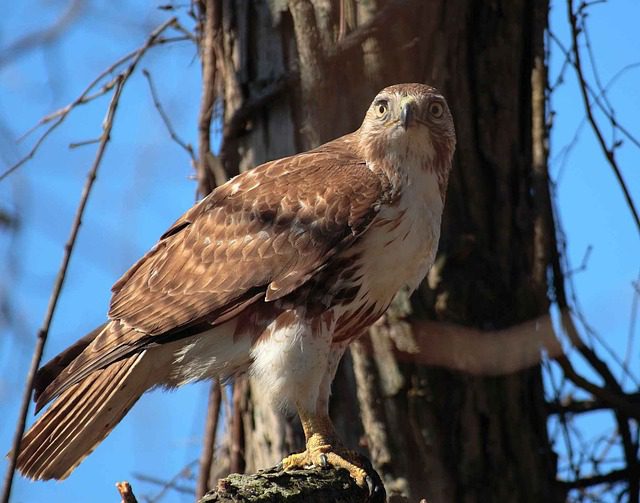

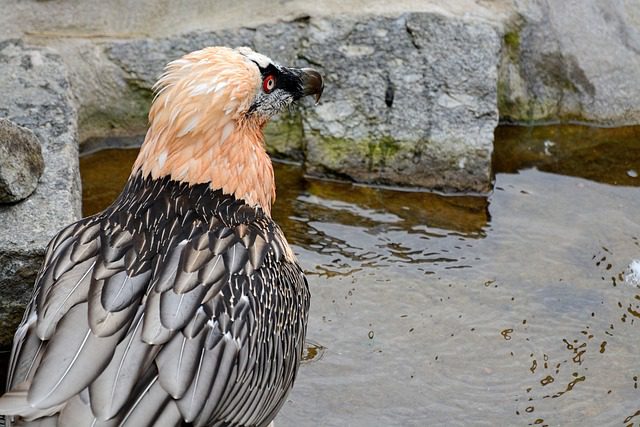
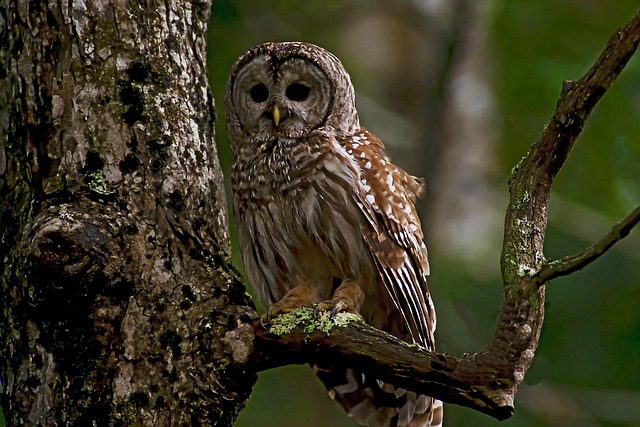
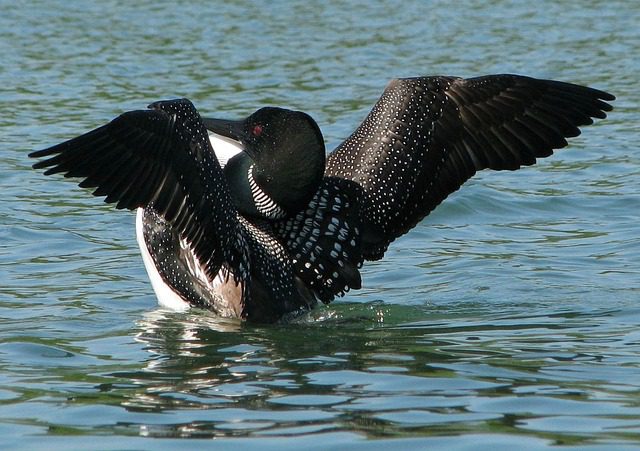
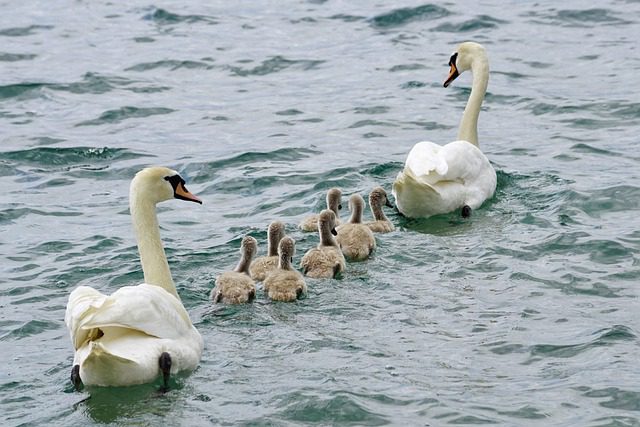
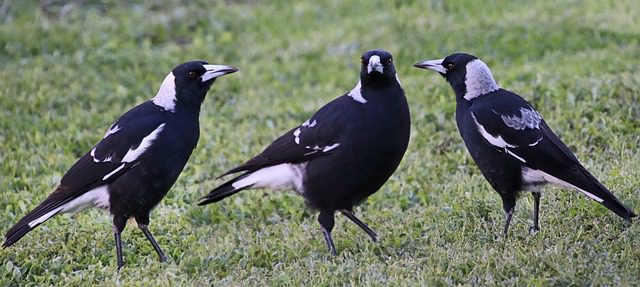
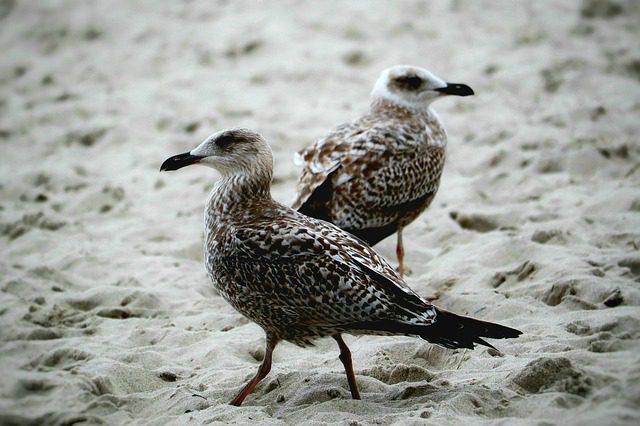
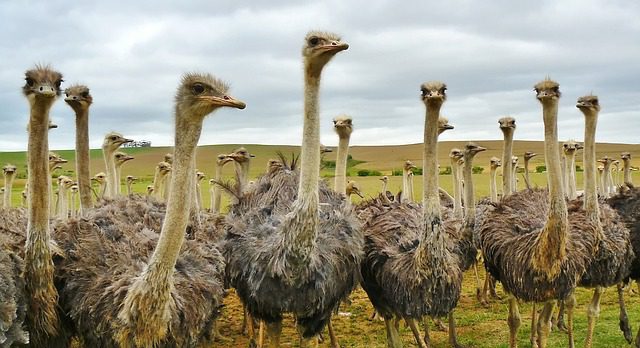

Leave a Reply
View Comments